A perfect Ecuador’s highlands 9-day trip itinerary
Natural & cultural wonders in the Andean region:
The Ecuadorian highlands were the vacation destination of my husband and I when being in South America for the first time some weeks ago. We wanted to tour the Galapagos Islands aboard Silver Galapagos – posts will follow later on –, but also visit Ecuador’s mainland. This is also the most visited region in the country as it has a wide span of cultural and natural diversity.
I put together the trip myself and asked our Swiss travel agency to arrange a private tour by car. As always I put emphasis on the fact that we stay in good hotels and eat in fine restaurants. My next post will be about lodging and dining in Ecuador’s highlands. The Swiss travel agency, Travel Worldwide in Zurich (highly recommended) arranged this journey through the Ecuadorian agency Contactours in Quito that hired a local freelancing driver guide for our trip. We were very lucky to have a competent, reliable and kind person at our disposal, Paul Urigüen from Quito, who did an excellent job in bringing his home country closer to us.
General
In the highland one travels north to south. I do not know the reason for this but every trip I looked at proceeds like that, maybe because most people fly into Quito, I do not know. Some start in Quito and then go southwards, other make a detour to Otavalo as we did or start even more in the north. Then you travel south along the Pan American Highway to explore the so-called Avenue of the Volcanoes. On either side you find massive, stand-alone volcanoes providing an amazing contrast to the lush greenery of the rest of the landscape. Wherever you are, you are never far away from a volcano. When leaving Quito, you pass Cotopaxi National Park, the quirky town of Baños (gateway to the Amazon Basin) and Chimborazo Nature Reserve to finally arrive in Cuenca, the last stop of the highlands. Afterwards, you travel further to Guayaquil.
Day 1: Quito airport – Zuleta area near Otavalo
Our hotel at the foot of Cayambe Volcano is situated about two hours north of Quito and about one hour east of Otavalo. There may be adequate lodging closer to the main attractions in the area, but the hotel we chose was worth the detour. More to this can be found in my next post.
Day 2: Zuleta area – Otavalo – Laguna de Cuicocha – Zuleta area
After visiting the market, there is enough time for another activity. A trip to Cuicocha in combination with a short hiking tour is ideal for this purpose. This is a caldera and crater lake at the foot of Cotocachi Volcano. There is a trail along the edge of the crater rim. It is possible to hike all the way around the lake, but plan a full day for this. To get an impression it is sufficient to do a short hike from the visitor center and back. The trail is well maintained and gives you the opportunity to enjoy the special flora and fauna of the area.
On the way from Otavalo to Quito make a stop in the town of Cayambe at the rose plantation La Compania de Jesus/Rosadex (on appointment only). There is a beautiful estate house with an adjacent chapel where you can visit the gardens, the splendid building’s interior with ancient European furniture, the showroom with many rose varieties and also the nearby rose production.
Day 3 & 4: Zuleta area – Quito
Quito, the capital city of Ecuador at an elevation of 2,850 meters (about 10,000 ft) has an unbelievably beautiful historic inner city. It is the second most populous city (2.7 million) after Guayaquil and the first one that was declared a Cultural Heritage Site by UNESCO. Quito is said to have the largest, least-altered and best-preserved historic center in the Americas. Plan at least two days to explore the Spanish colonial heart of Quito. Conquistadors made it their artistic masterpiece in the New World with palaces, monasteries, cathedrals and plazas. Before you visit all these treasures, go (by taxi) to the El Panecillo, a large hill on top of the old town, to get an overview over the city and its enormous dimensions.
Day 5: Quito – Cotopaxi
Alternatively or if you have some time left, Termas de Papallacta, probably the most beautiful and most comfortable thermal bath of Ecuador, is an activity worthwhile doing.
Day 6: Cotopaxi – Baños – Riobamba
Baños at the foot of Tungurahua Volcano is a town which is considered as the gateway to the Amazon. It is quite a touristy place, there are many backpackers around as it is known as Ecuador’s adventure capital. It is recommended visiting due to the Pailon del Diablo, an impressive waterfall.
Day 7: Riobamba – Chimborazo Volcano – Ingapirca – Cuenca
After returning to Riobamba and continuing further towards south you can enjoy a very scenic drive. Wherever you look, you can admire patchwork fields of crops that create fascinating patterns on the hillsides!
A last stop before coming to the city of Cuenca is scheduled at Ingapirca, an archaeological site. Here you can explore the remains of the most northerly fortress of the Incas.
Day 8: Cuenca
As to activities, make a city tour by foot to see all the highlights of the old town and visit a factory where Panama Hats (they stem from here, not from Panama) are made. Half a day is usually enough for exploring the city. Use the other half day (preferably in the morning) to pay a visit to the nearby Cajas National Park. This is one of the most beautiful nature places of the country with more than 200 glacial lakes and many possibilities for hiking.
Day 9: Guayaquil
After having left behind la Sierra, you have now reached la Costa. Guayaquil is the largest city in Ecuador with around 3.5 million inhabitants. It is situated on the banks of the Guayas River, which flows in the Pacific Ocean, and it has the nation’s most important port. Although it is the commercial heart of Ecuador and does not have an old town in the proper sense (large parts of the city were destroyed by a major fire in 1896), it has some attractions to offer. Above all it has a great waterfront called Malecon which is gated, monitored by the police and stretches over 2.5 km with gardens, open-air restaurants, playgrounds etc. Then there are the picturesque neighborhoods of Las Penas and of Santa Ana with its colorful houses, which are both worthwhile going to (climb up 444 steps to the lighthouse).

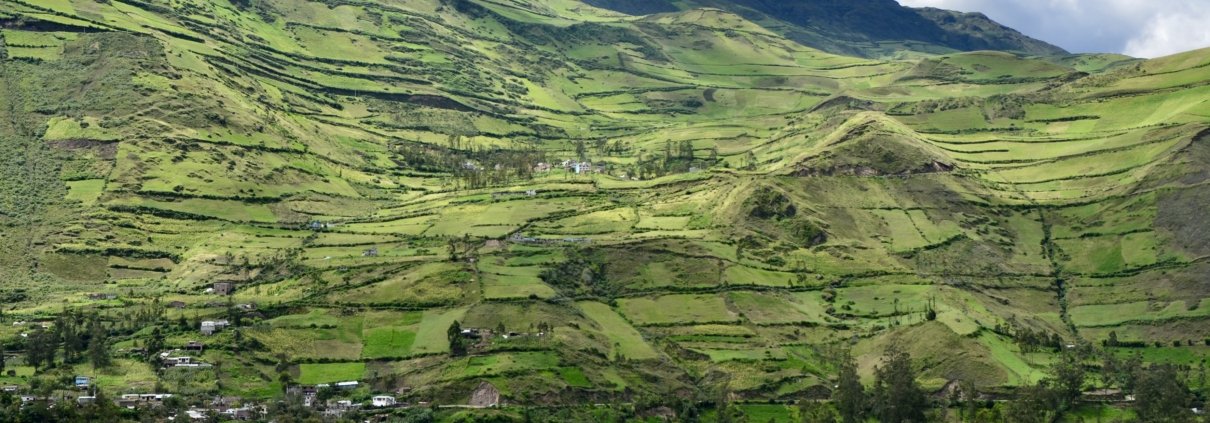
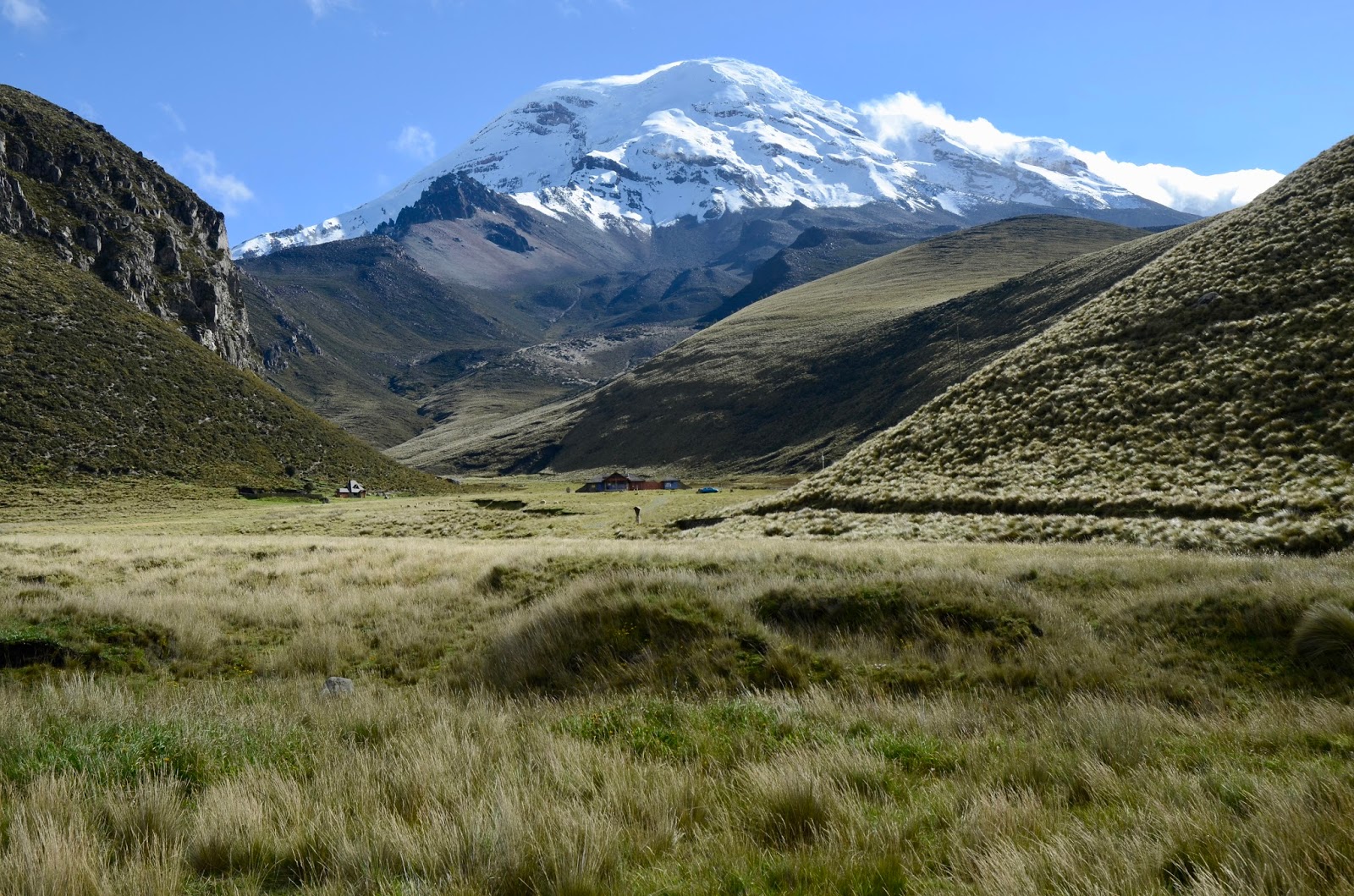
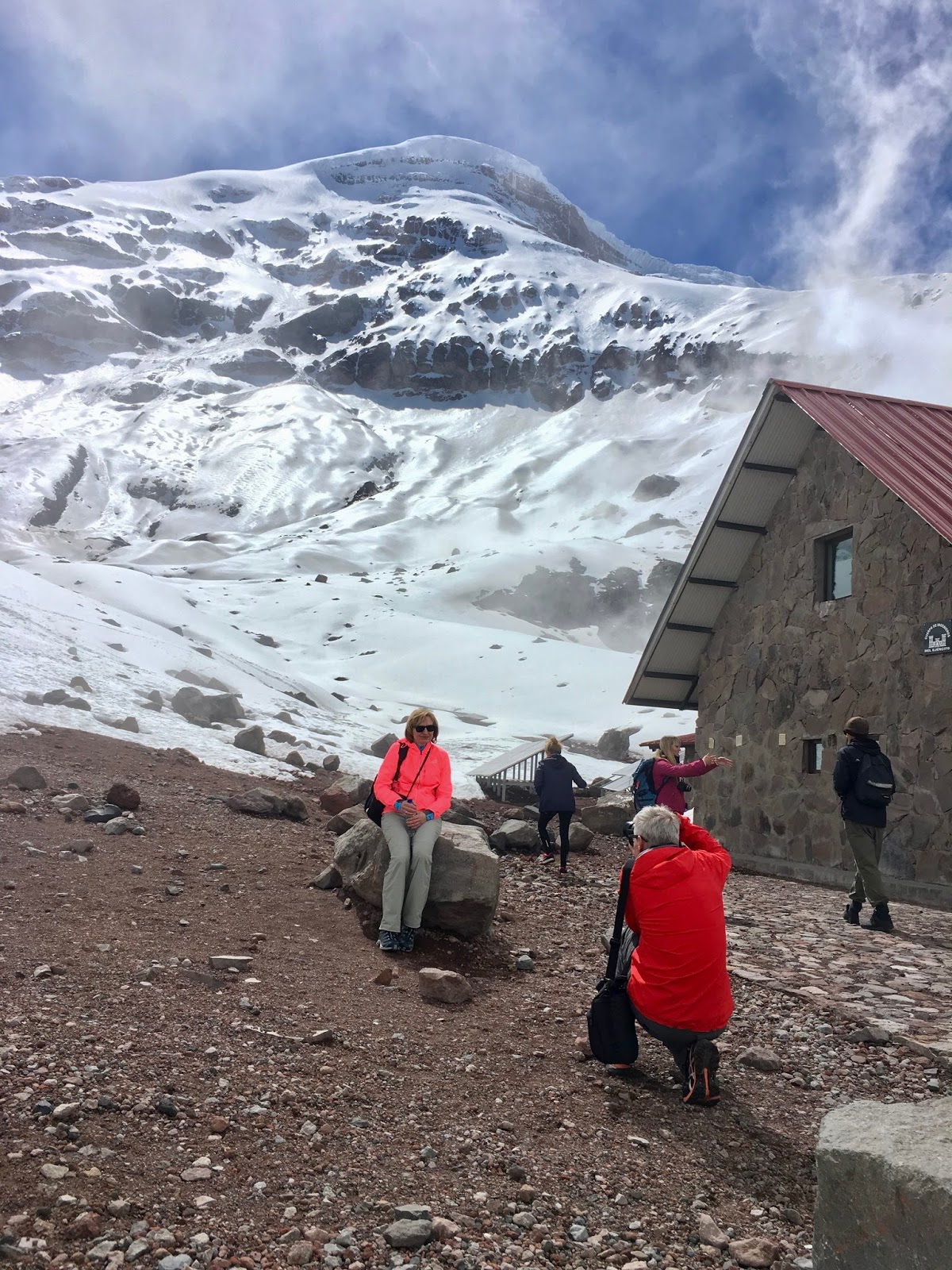
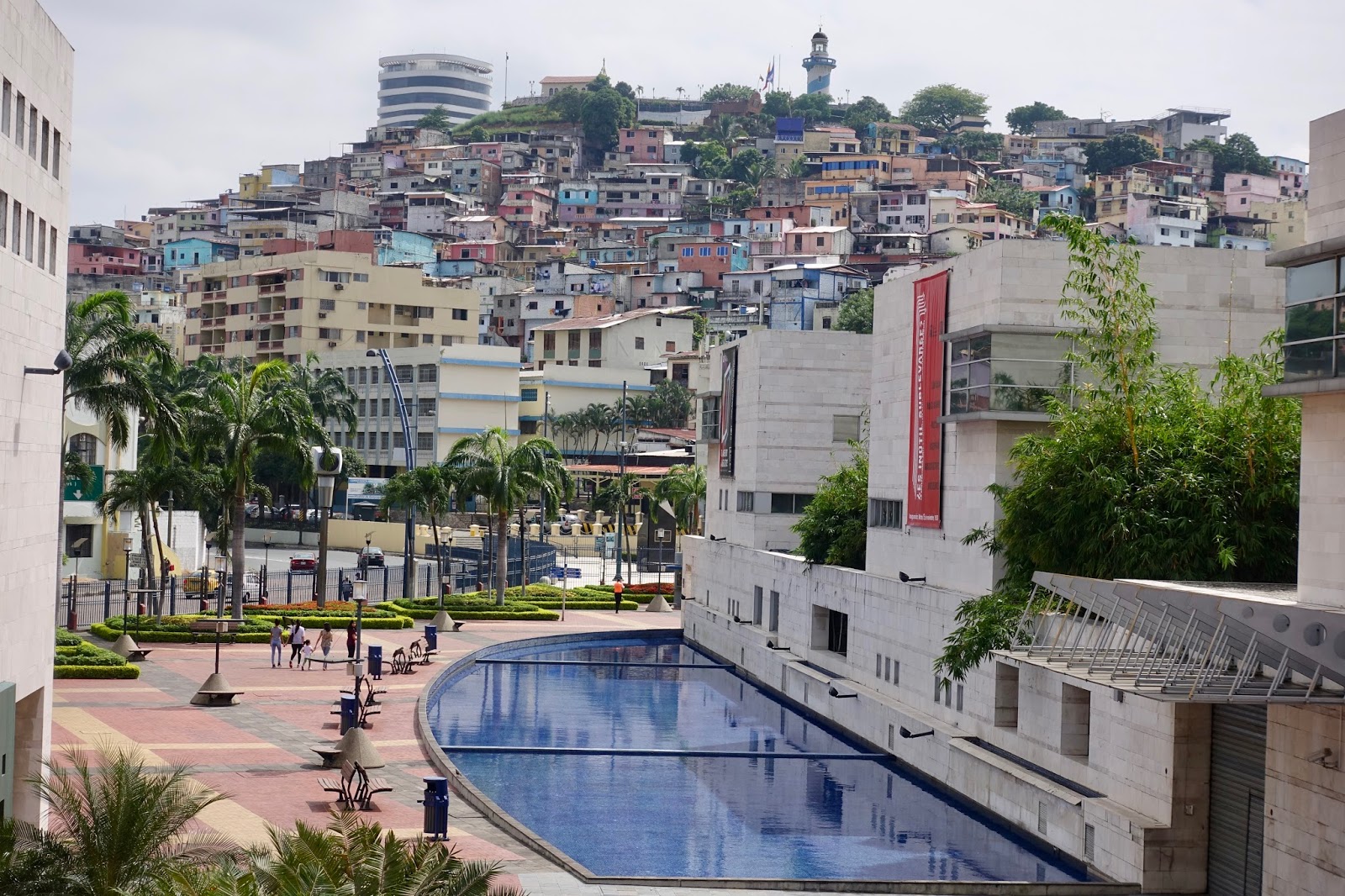

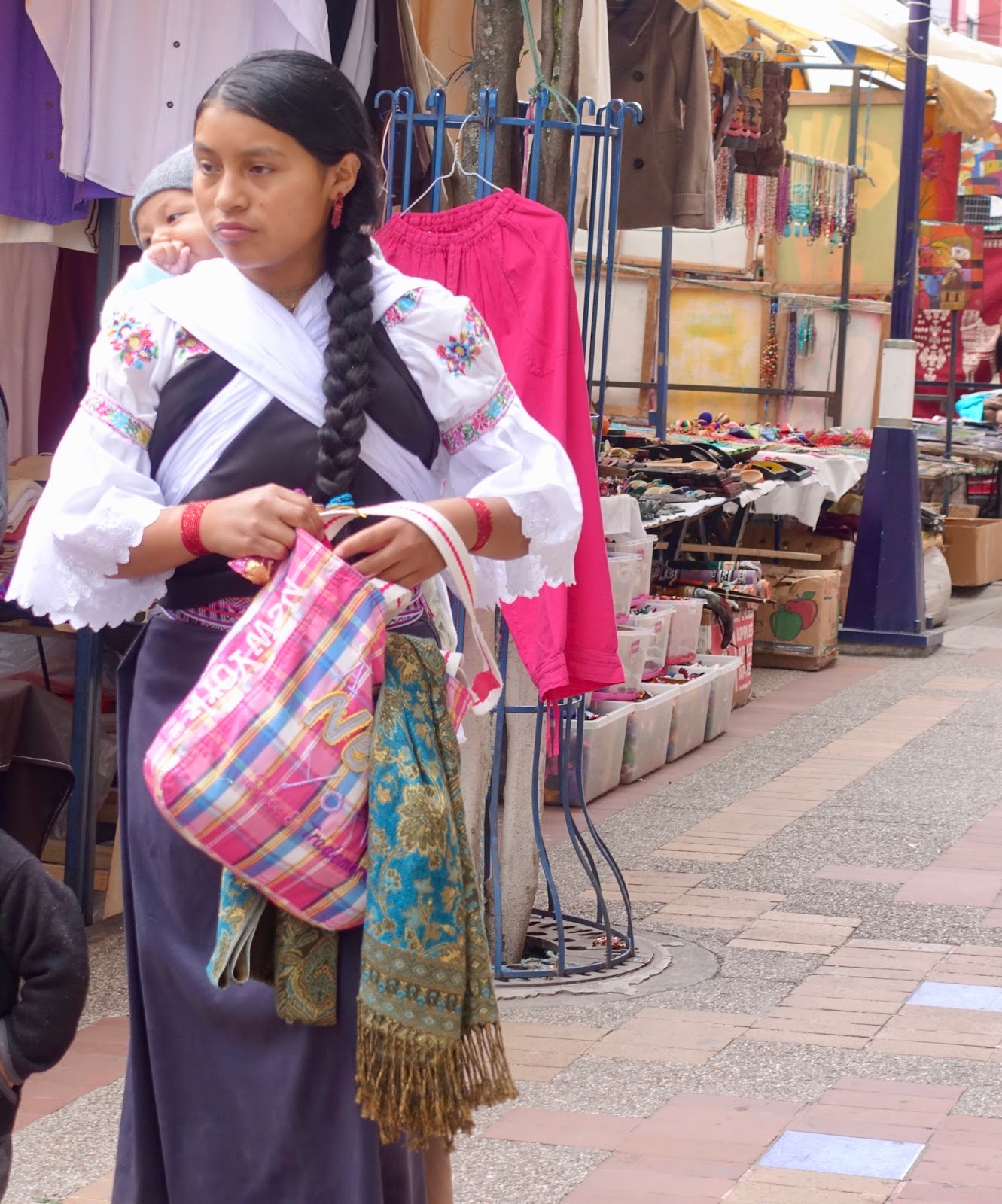
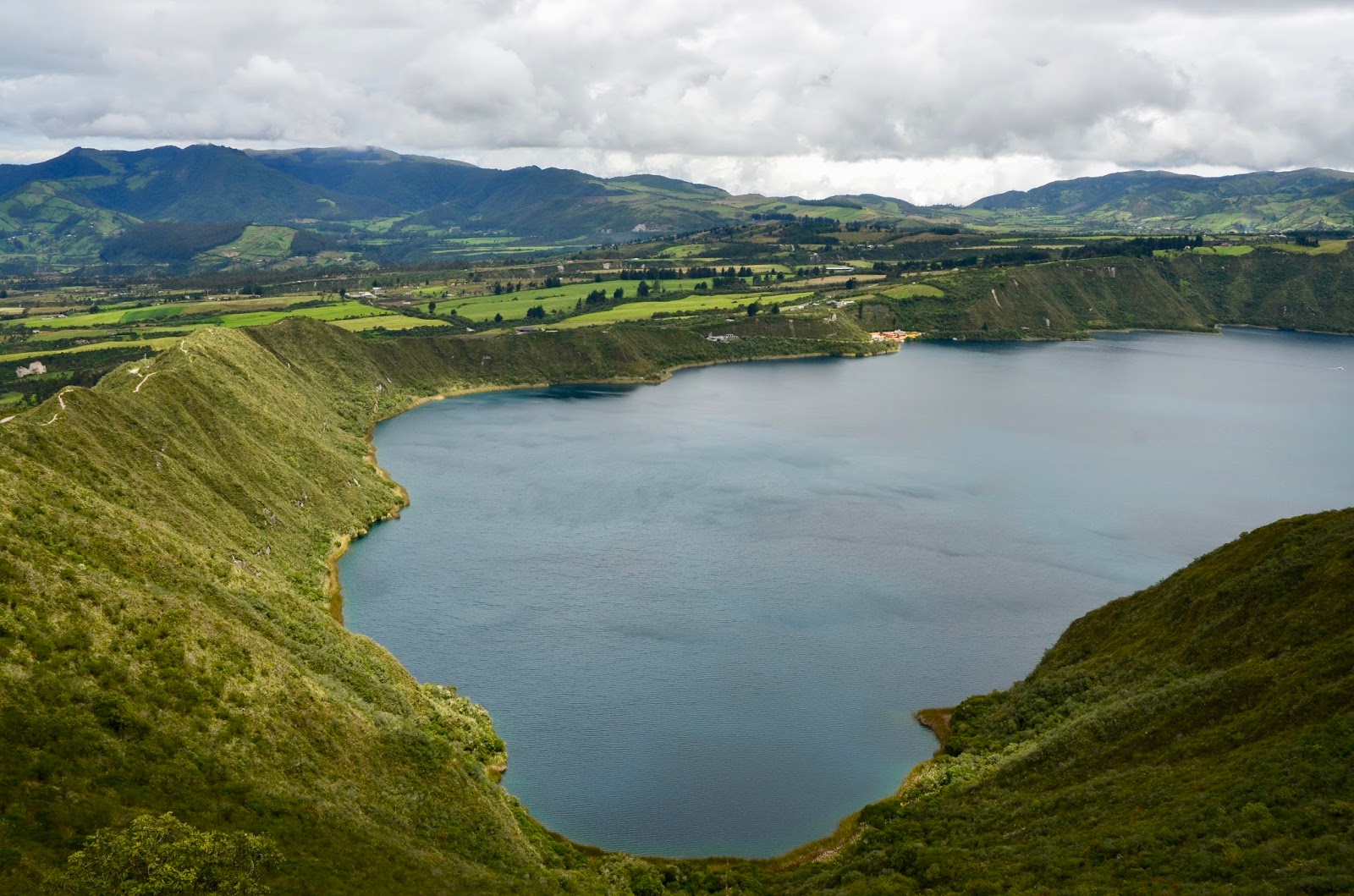
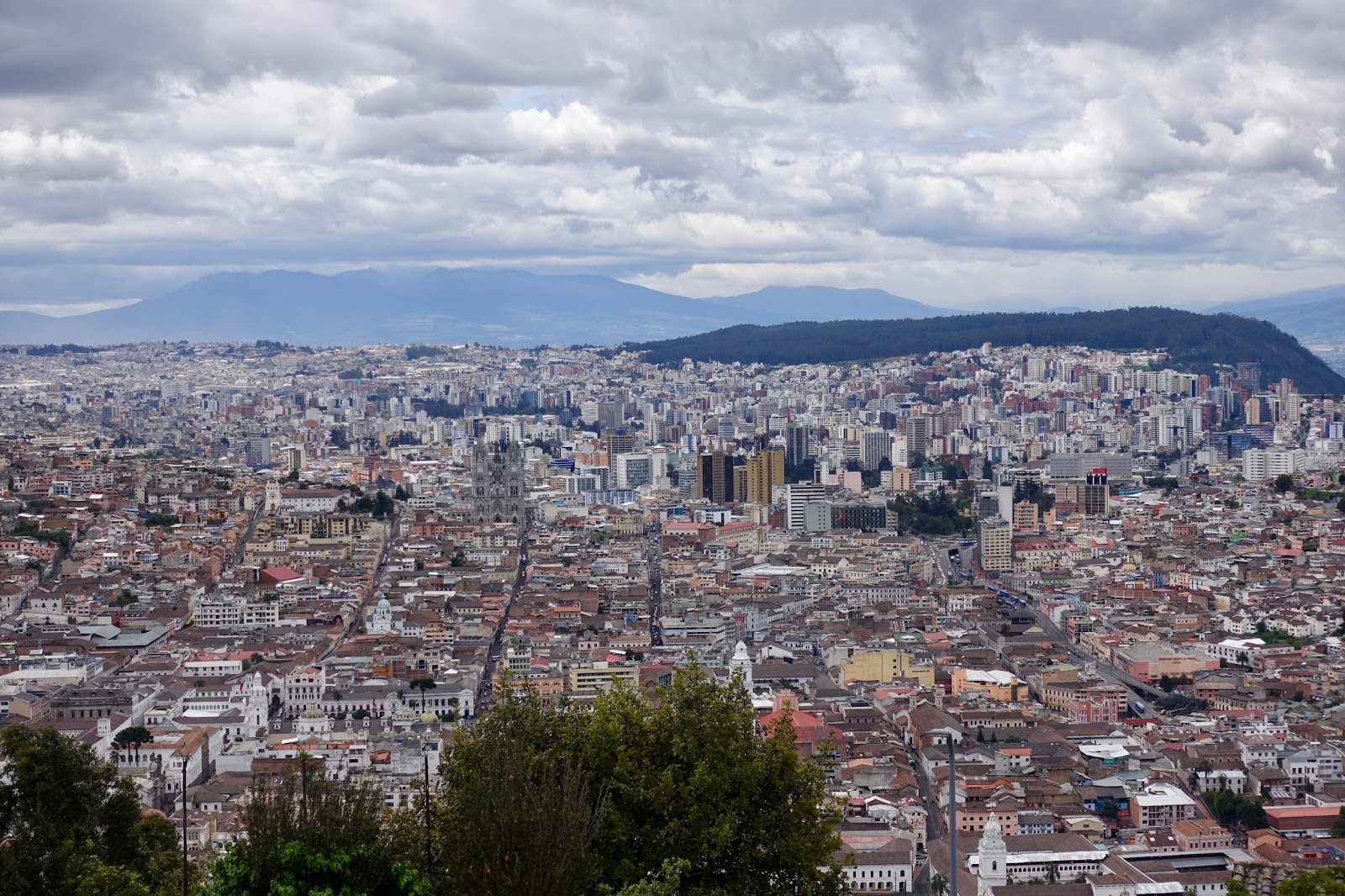


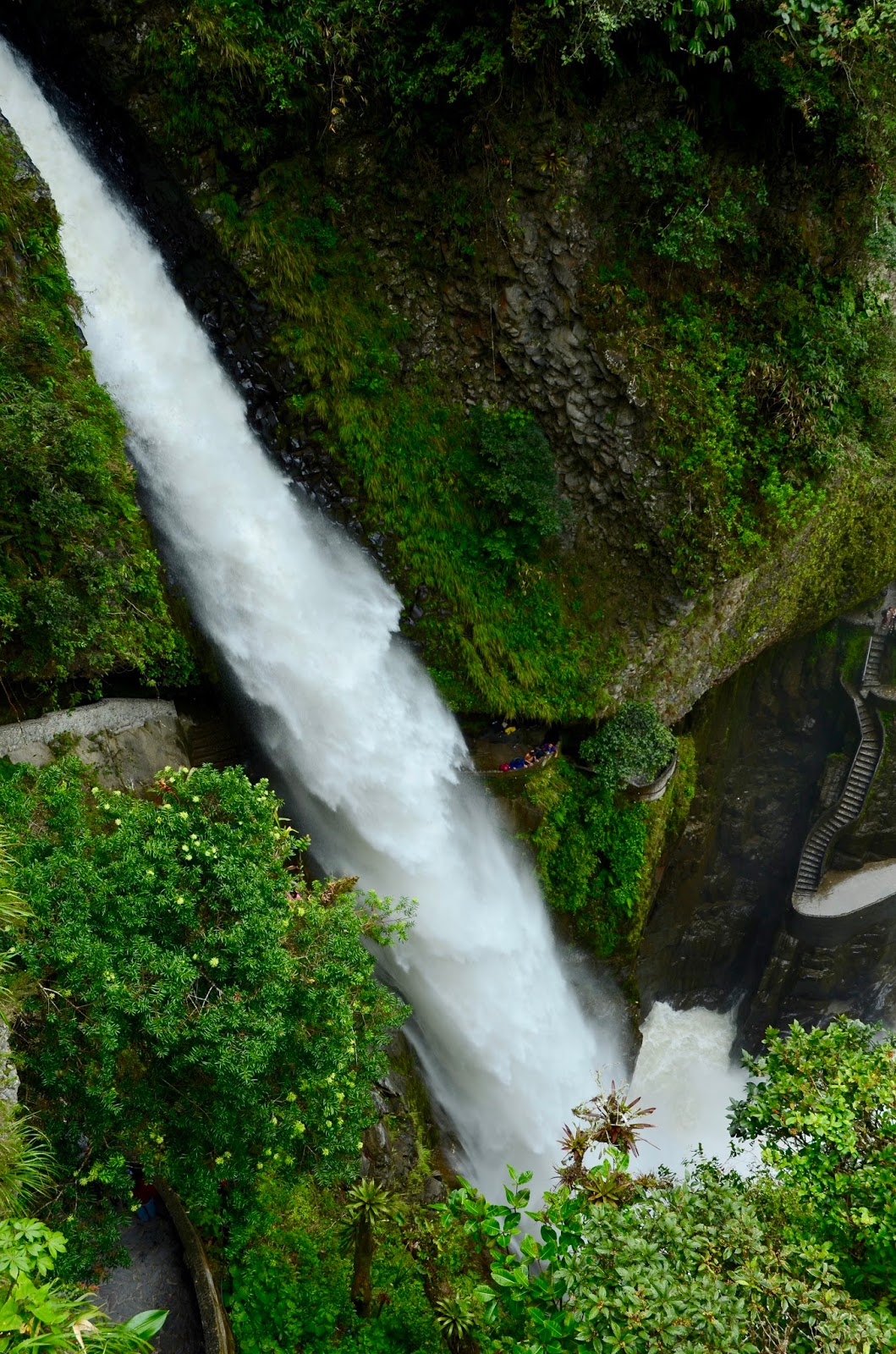

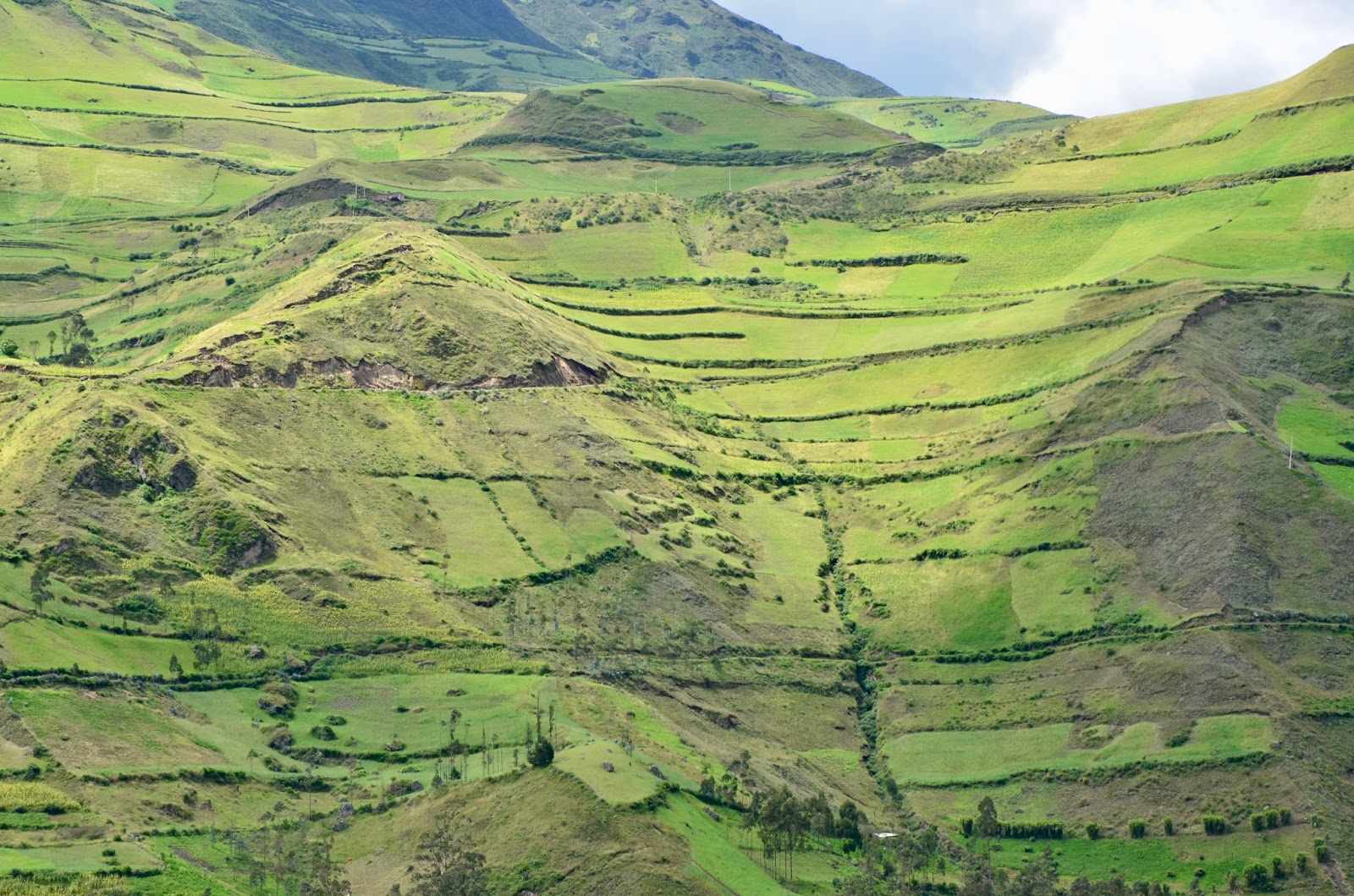
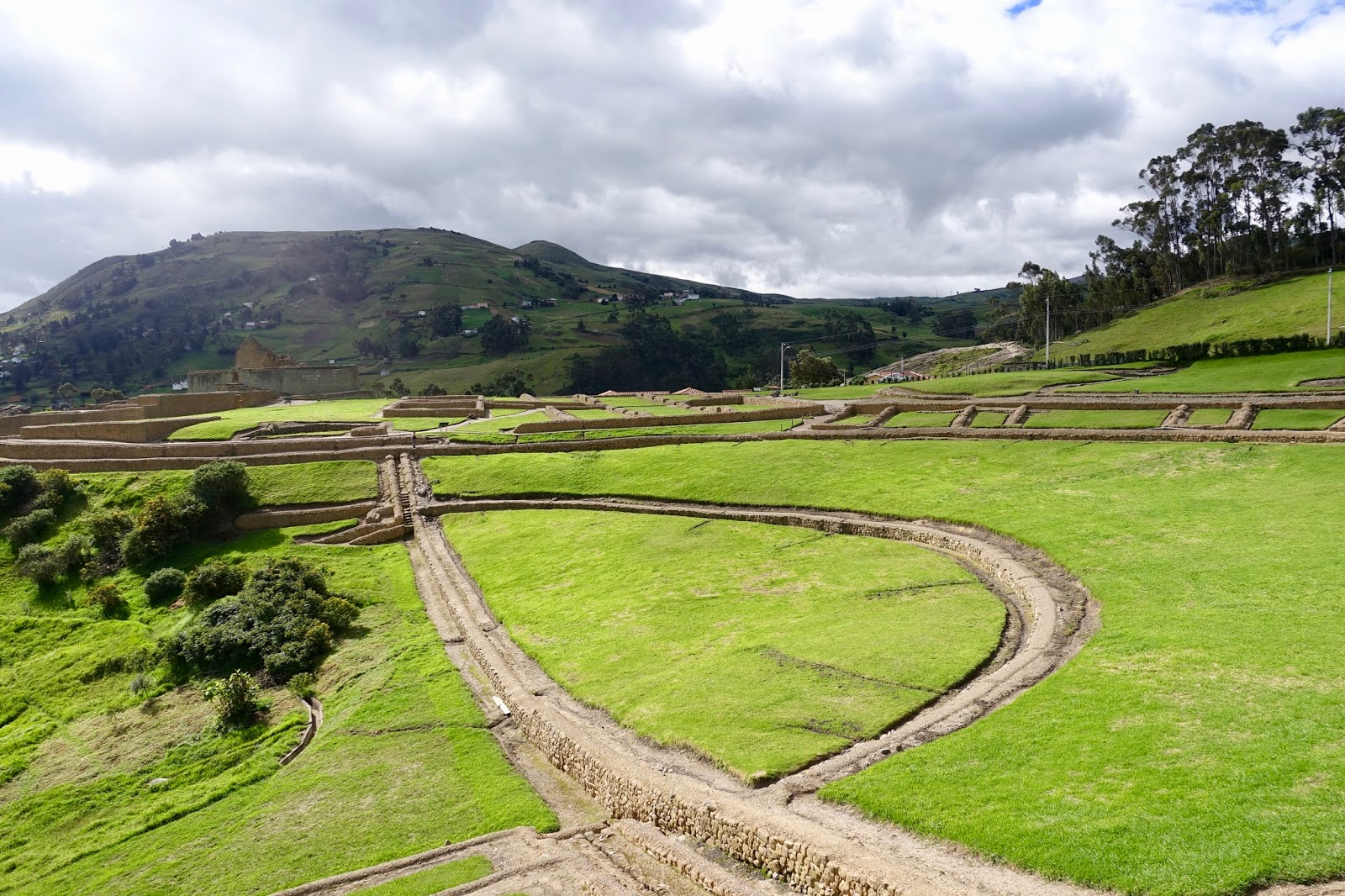
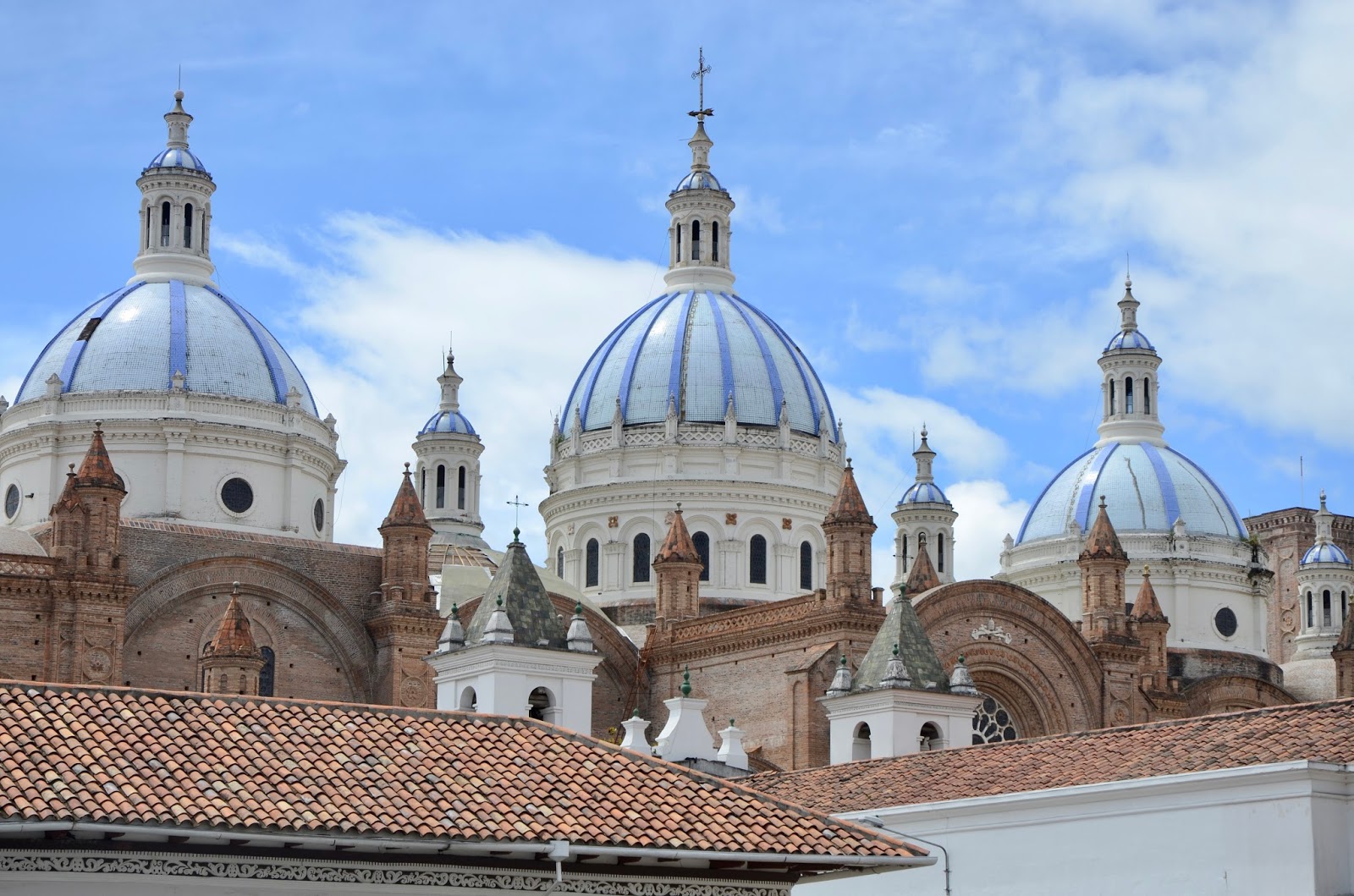
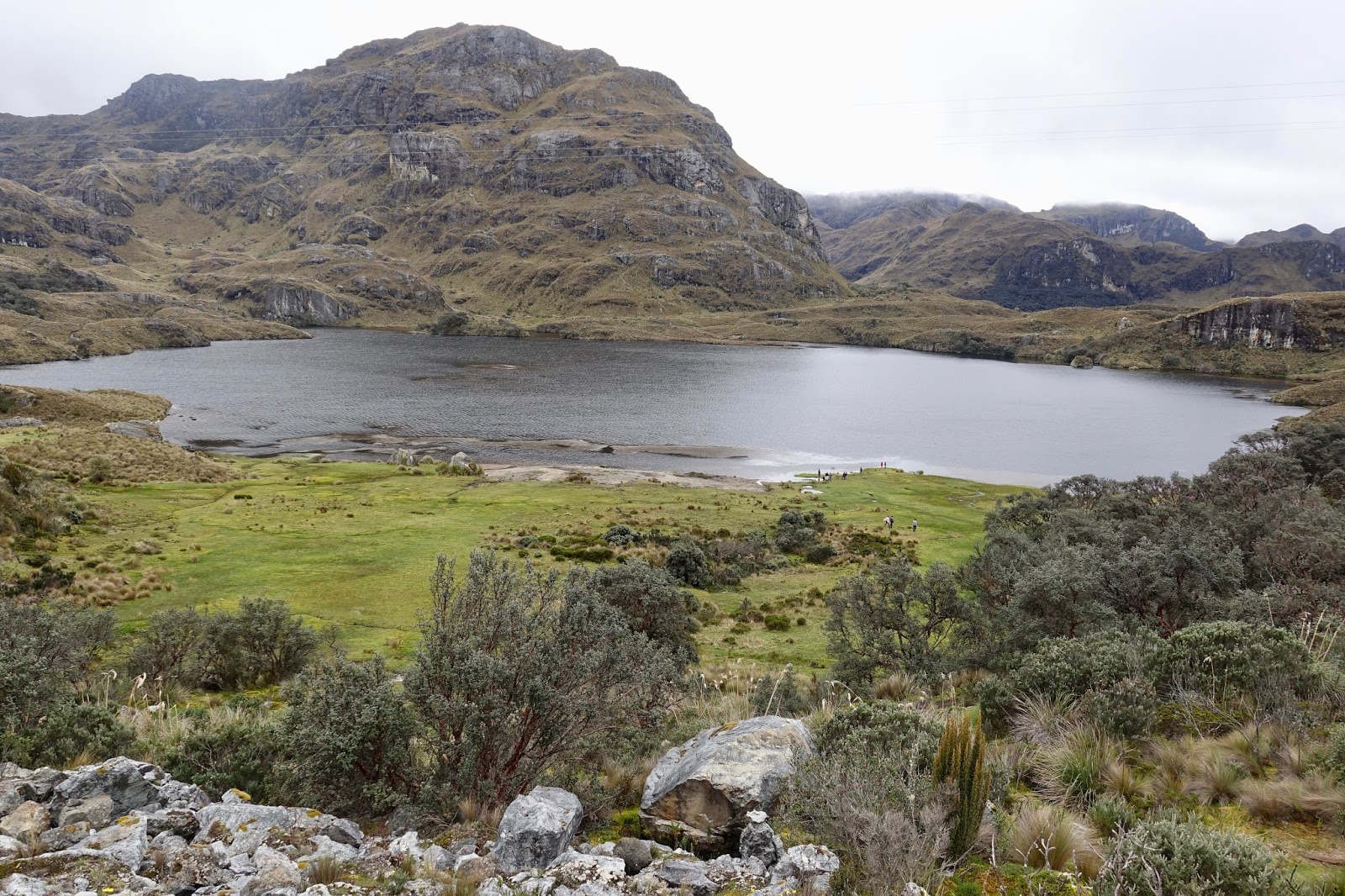

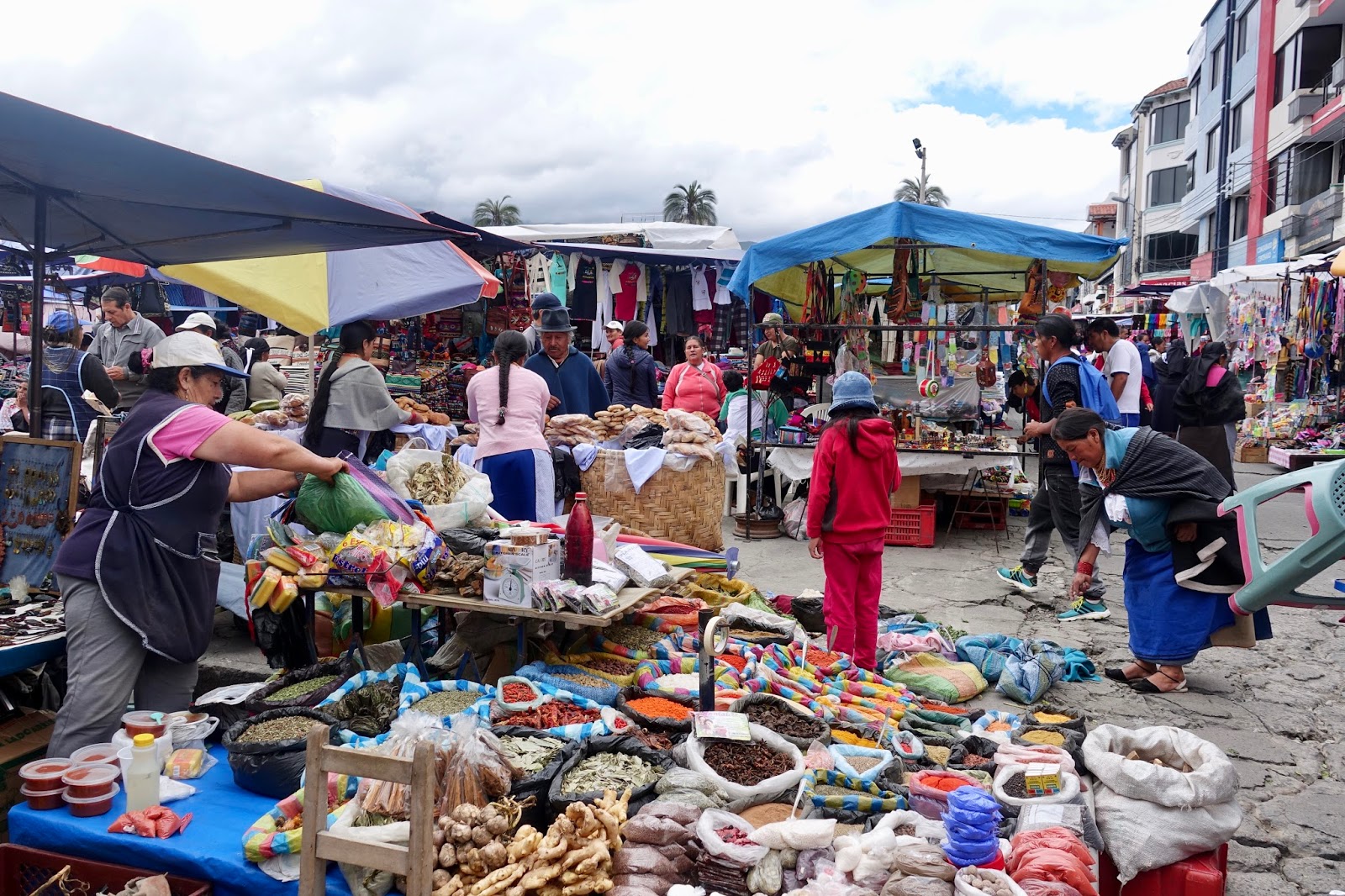


Leave a Reply
Want to join the discussion?Feel free to contribute!